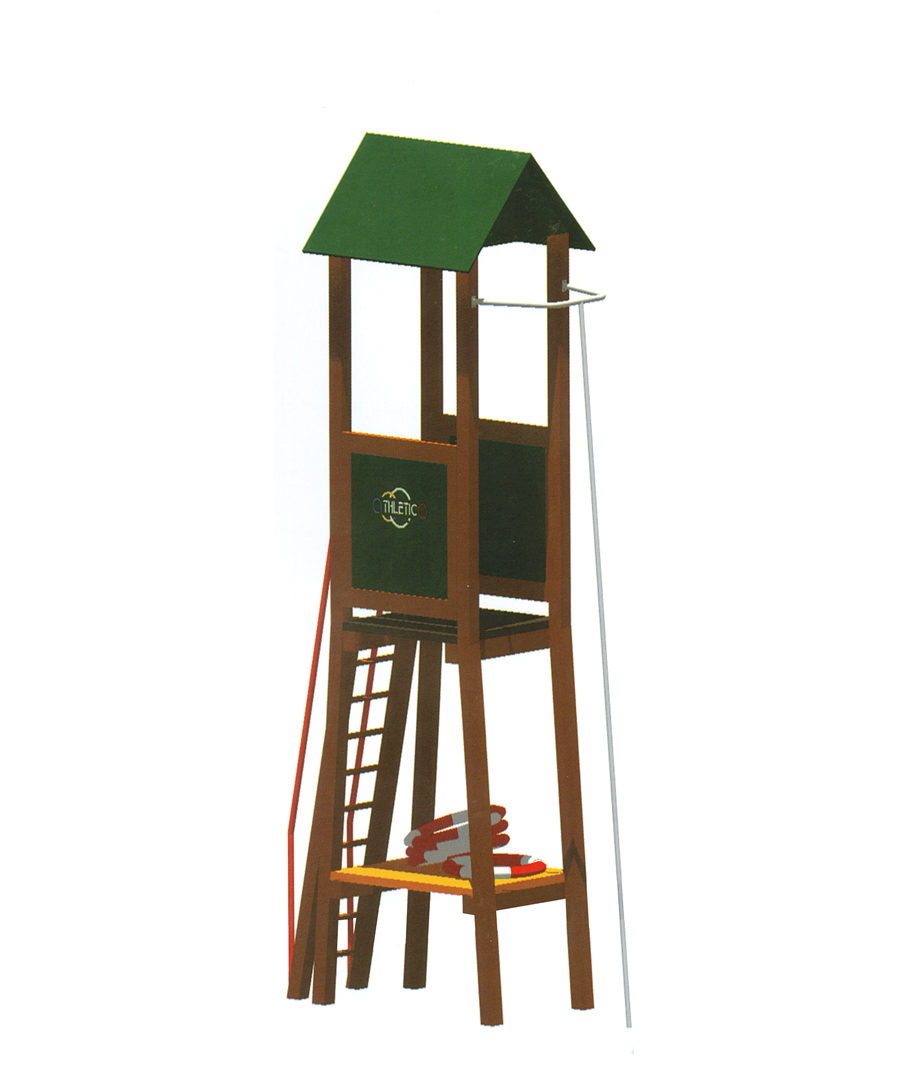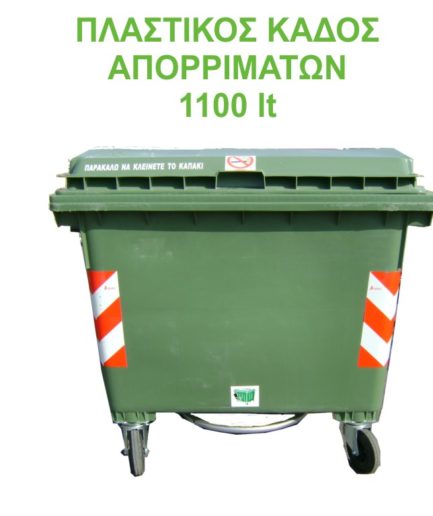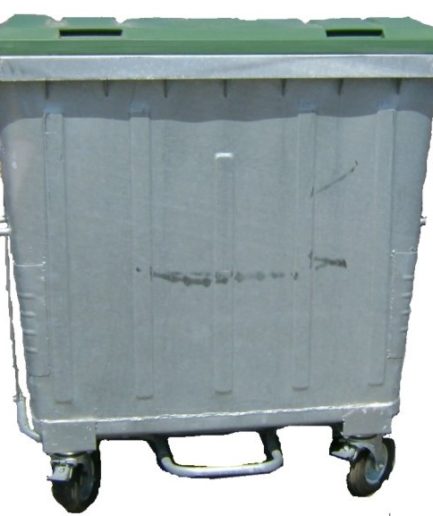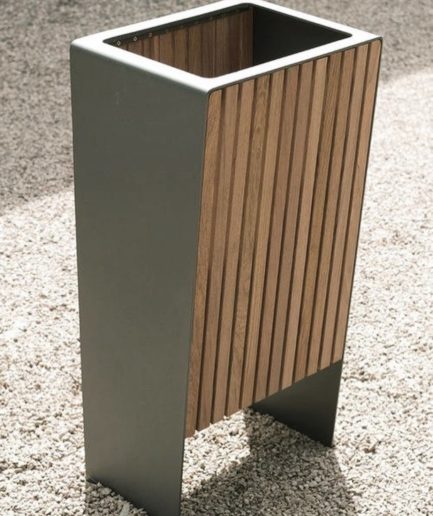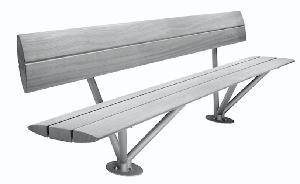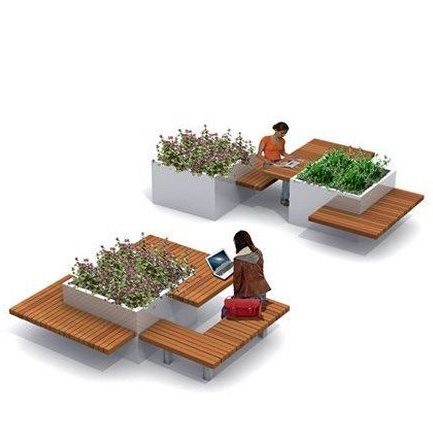LIFEGUARD TOWER 20-05-13
20-05-13
The lifeguard tower has overall dimensions: length 130 cm, width 190 cm and height 450 cm.
It is supported by four wooden columns 420 cm high and 9X9 cm wide and has two wooden platforms. Each wooden platform consists of two 9x9cm and 120cm wooden cross sections on which eight (8) 4.5x15cm and 120cm cross sections are applied with the help of 5 / 8×22 screws.
The one platform is positioned 70 cm above the ground and serves as a storage room for lifejackets and adds robustness to the construction.
The other platform is located 200 cm above the ground and is the lifeguard observatory. Perimeter of the platform is protected by wooden railings. The wooden railings consist of two horizontal wooden sections 10×4 cm long and 102 cm long and six (6) vertical wooden elements 6×4 cm long and 60 cm long which are fitted with bending method.
The second level is ascended by a wooden staircase with stairs made of metal pipes. The staircase consists of two wooden elements 4.5×10 cm in length and 212 cm in length, between which are the seven galvanized pipes that make up its stairs. Each step is made of galvanized 1-inch cross-section tube and is 50 cm long.
At the point where the ladder is attached to the loft, there are two metal safety handles for the lifeguard to enter the upper loft of the tower.
The safety handles are metallic electrostatic paint with vertical alignment in two, with the inner wrapped at the top. It has a metal blade at its bottom and a point at the top. They are made of a 32mm Φ tube 80 cm high and spaced apart according to EN 1176. After being degreased, they are coated with polyzinc (zinc) and then electrostatic powder coating.
The safety handles are fitted in places where there are no inlet / outlet protectors (panels, railings, etc.).
The tower also features a two-tiered wooden roof made of two pieces of plywood. Each piece of plywood is 72×130 cm.
All wooden parts are covered with a special varnish suitable for outdoor use that protects the wood from micro-organisms and emphasizes its characteristics.
TIMBER
The wood used is composite non-stick Swedish pine timber, in accordance with EN 351. It is manufactured with special compound (welding of wood) in different sections depending on the intended use.
COMPOSITE wood is 40% stronger than whole wood. It has a strength of 360 kp / m2 and a specific weight of about 480 kg / m3.
It contains about 15% moisture
Contains minimal juices (resin) compared to other pine family trees in other countries (weather in northern Sweden up to -25 ° C)
It has a thermal conductivity of s = 0.10 Kcal / Mho and sound insulation 3.5 times greater than concrete or bricks of equal thickness.
It has antimagnetic properties and is a poor conductor of electricity
It is resistant to fire and is classified in categories F30 and F60 (by DIN 4120) according to its cross-section.
When the outer part of the cross-section burns, its interior protects and retains its strength.
It is processed just like commercial wood
It retains its shape and distorts or creates minimal fractures
Annual wood rings are usually perpendicular to the long side of the cross-section with a significant increase in the mechanical strength of this surface when applied to floors.
All corners of the wood are planed to a radial of at least 5 mm.
PAINTED PLYWOOD BIRCH
The plywood elements required for our constructions are approximately 20 mm thick and are made of 1.5 mm thick laminated wood with pressurized heat sealant using non-toxic phenolic base resins. They are painted with water-soluble paints to which no seals, thinners or paints containing lead, chromium, cadmium or other heavy metals have been attached. The colors are also highly resistant to adverse weather conditions.
The above plywood sheets are in accordance with EN 314-2. The quality of the plywood is such that no further processing is required before painting, such as, for example, stocking, and embossed representations and themes can be drawn.
PLASTIC INFORMATION
The plastic components required to manufacture the equipment are highly resistant to UV radiation and adverse weather conditions. Preferred are recyclable materials such as polyethylene (PE) or polypropylene (PP). Specifically all screws protruding from the equipment over 5 mm are covered with polypropylene (PP) plastic plugs. They are also safe for the safety and health of children.
METALLIC ELEMENTS
The metallic elements used in the manufacture of the equipment (screws, connectors, etc.) are made of metals either thermo-galvanized or electro-galvanized, where the surface preparation has been preceded by sandblasting or stainless steel. The dimensions and cross-sections of the metallic elements are sufficient to accommodate (with an appropriate safety factor) the loads for which they have been designed to withstand corrosion and adverse weather conditions.
PAINTS
The varnishes and paints that protect the wooden parts are specially designed for the climate of our country and are absolutely harmless to the users (they do not contain lead, chromium, cadmium or other heavy metals) and give high strength to our constructions.
For their anticorrosive protection, the metal parts are processed to release them, followed by a coating of polyzinc (zinc) and then electrostatic, two-layer polyester powder coating.
PACKING
The following procedure is used for fixing the equipment:
At this point where the column is to be placed, a pit, 80cm deep, is opened. about 60cm in diameter. Then, once the column is inserted, the pit is filled with frusto cone-shaped concrete up to 20cm. from the surface of the ground, where it is covered with soil.
Only grounding irons, which hold each column at least 10 cm from the ground, are prevented from being ground to prevent the wood from eroding from soil moisture.
All production work processes for the processing of raw materials are carried out according to
The ISO9001: 2015 quality system
The environmental management system ISO14001: 2015

